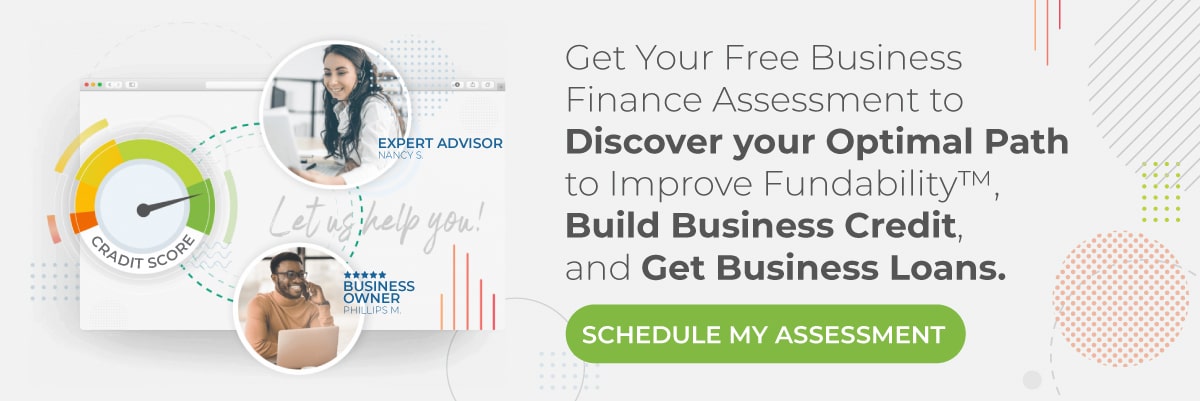Business owners do everything to maintain a steady cash flow but this can be challenging for a business that has to issue a 30-, 60-, or 90-day invoice before getting paid. This long waiting period to access cash may cause the business to lose out on opportunities to grow. To prevent this from happening, most of these businesses result in getting loans or using other financing methods to ensure smooth cash flow.
While there are many business financing options, invoice factoring is one commonly used by the business-to-business (B2B) industry, its process involves a business selling its unpaid invoices to a third party called a factoring company that takes a percentage of the original invoice amount as profit.
Many businesses see this as a faster way of accessing cash than traditional loans. While this may look like a better financing option, what does it entail? Is it a better option? Here, you’ll learn all you need to know about invoice factoring, how it works, and its advantages, and disadvantages.
What is invoice factoring?
Invoice factoring is a type of financing where a business sells its unpaid invoice to a factoring company at a discount. Once the factoring company buys the invoice, they wait until the invoice due date to get the full invoice payment from the client.
Depending on the agreement between the business and the factor, the factor may pay a full or partial payment of the invoice at first, then pay the money owed when the original client pays while keeping a percentage of the total invoice as revenue.
For invoice factoring, it is like a win-win situation for both the business and the factor because the business gets quick access to cash to improve cash flow while the factoring company makes revenue by keeping a percentage of the total invoice.
Invoice factoring is often used by startups or small businesses trying to get funds quickly but don’t want to go through the process of obtaining loans.
How does invoice factoring work?
The concept of invoice manufacturing is simple when you understand the role of the three parties involved.
Party A (The business) – This party owns the invoice.
Roles played:
- Sells his invoice ownership to a factoring company at a discount.
- Gets part or full payment of the invoice from the factoring company instead of waiting for the client’s payment.
- Uses the money gotten to achieve its financing goal.
Party B (The factoring company) – This party buys the invoice from the business.
Roles played:
- Pays a part invoice to the business.
- Keeps a percentage of the full invoice as revenue.
- Collects payment of the invoice when due.
Party C (the original client) –
- This party pays for the purchase for the original invoice to the business or the factor depending on the arrangement between the business and the factor.
An Invoice factoring example that explains the whole process
Having understood the roles played by these three parties, you can connect the dots by imagining this scenario;
Sarah, a small graphic design company owner, has several clients who owe her money for completed projects. However, she’s facing a cash flow problem because these clients typically take 30 to 60 days to pay their invoices. Now, Sarah needs some money to cover expenses like rent, payroll, and supplies. That’s where invoice factoring comes into play.
- Submitting Invoices
Sarah contacts an invoice factoring company, like “FastFunds Factoring,” and submits her outstanding invoices totalling $10,000 to them.
- Due Diligence
FastFunds Factoring reviews Sarah’s invoices and her clients’ creditworthiness to assess the risk involved. They also verify the authenticity of the invoices.
- Advance Offer
FastFunds Factoring offers Sarah an advance, typically around 80% of the total invoice value, in this case, $8,000. This provides Sarah with immediate cash to meet her business needs.
- Client Payment
Sarah’s clients continue to pay their invoices as usual, but instead of paying Sarah directly, they send the payment to FastFunds Factoring.
- Reserve and Fee Deduction
FastFunds Factoring deducts a fee, which can range from 1% to 5% or more of the invoice value, from the remaining 20% ($2,000 in this case). They also hold this 20% in a reserve account.
- Receiving the Reserve
Once Sarah’s clients have paid their invoices in full, FastFunds Factoring releases the reserve amount, minus their fees, to Sarah. In this case, Sarah receives the remaining $2,000.
- Ongoing Process
Sarah continues to work with FastFunds Factoring, submitting new invoices as needed. This allows her to maintain a consistent cash flow for her business.
How to know if your business qualifies for invoice factoring
Now that you’ve seen how invoice factoring works, you should bear in mind that not every invoice qualifies for invoice factoring. Here are some general eligibility requirements for invoice factoring;
Creditworthiness—The factoring company confirms the creditworthiness of your customers to reduce the risk of non-payment.
Invoice Quality—The invoice must be clear, accurate, and free from any form of discrepancy.
Invoice amount-—Many factoring companies do have minimum and maximum invoice amount requirements. So be sure to check the company’s website for this detail.
Business Stability—Stability and track records in business can also impact qualification. When the business is not stable, the factoring company becomes skeptical about purchasing the invoice.
Agreement Terms—Your willingness to agree to terms like factoring agreement, fees, and contract length is essential. Some factoring agreements may include a recourse provision which is an agreement that the business selling the invoice refunds a part or full payment if a client doesn’t pay.
Required documents—The documents required by a factoring company may. It is often advisable to visit the company’s official website to learn about its requirements. Meanwhile, some common requirements documents include a tax ID number, filled application form and personal information form.
6 advantages of invoice factoring
Businesses opt in for invoice factoring for lots of reasons and here are some of them;
1. It improves cash flow
Cash flow is the lifeblood of business. Without cash the business wouldn’t exist in the first place let alone thriving. Cash is used to meet short-term financial obligations and seize growth opportunities. It would be a challenge for a small business to grow if they can’t access cash on demand and this is where invoice factoring comes to the rescue. With it, businesses maintain a steady cash flow since they can cash quickly as long as they have pending invoices and meet the factor’s requirement.
2. It doesn’t impact creditworthiness
Invoice factoring doesn’t impact creditworthiness like a loan. It’s practically a concept of buying and selling where the buyer makes a profit. In this case, the business in need of immediate cash sells its outstanding invoice to the factoring company at a discounted rate. The point here is this financial transaction doesn’t create debt or credit obligations like loans.
3. It reduces the burden of collections
Invoice factoring companies often take on the responsibility of collecting payments from customers, thus saving the business time in chasing down unpaid invoices. This will help the business fully focus on the things that move the needle.
4. It provides access to working capital
Businesses can use the money gotten through invoice factoring to cover operating expenses, expand operations, and take advantage of new opportunities. All these will help businesses continue to operate smoothly without interruptions, even when clients have not yet settled their outstanding invoices.
5. No collateral required
Unlike some traditional loans, invoice factoring typically doesn’t require businesses to put up collateral, thus reducing their financial risk. The transaction is rather based on the value of outstanding invoices which is a more accessible funding option, especially for a business that might not have substantial physical assets to use as collateral.
6. Improved financial stability
Consistent access to cash through invoice factoring can help businesses weather financial challenges and maintain stability in uncertain economic conditions. With invoice factoring cash can be made available even when emergency expenses arise.
3 disadvantages of invoice factoring
While invoice factoring has its advantages, it would be nice to see the other side of the coin;
1. May not be suitable for all industries
Invoice factoring may not be suitable for businesses in certain industries, such as those with long payment cycles or seasonal sales patterns. For example, companies in the construction or manufacturing industry, where payments often arrive after project completion, may find it challenging to utilize invoice factoring effectively.
2. May be costlier than traditional loans
While invoice factoring can provide quick access to cash, it can also be costlier than traditional loans. Factoring companies typically charge fees which can add up over time. So, businesses should carefully assess these costs to determine if the benefits of improved cash flow outweigh the expenses associated with factoring
3. Limited to B2B transactions
Invoice factoring is generally only applicable to business-to-business (B2B) transactions, so it may not be an option for companies that primarily deal with consumers. In this case, businesses that focus on selling directly to individual consumers may need to explore alternative financing options.
Conclusion
Invoice factoring is like a tool for business owners, especially startups to maintain cash flow and get working capital. While it might look like a great financing option, businesses should try to weigh the pros and cons before trying it.
However, looking at the nature of this financing option, it looks suitable to B2B startups that need cash flow to grow as quickly as possible.


